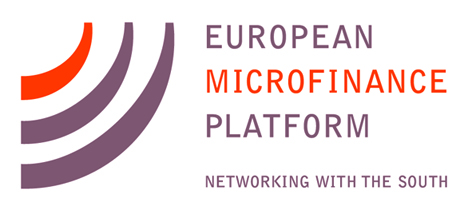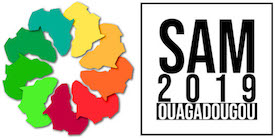CGAP is the World Bank’s microfinance arm. It is the leading research and policy shop in this fledging industry badly in need of the World Bank’s research muscle (the World Bank employs the most PhDs in the world). In this way, we very much look forward to the outcomes of CGAP’s recently announced technology program. We encourage you to apply if you have the best technology in the industry, or simply aspire to the same.
“CGAP is launching a major technology program that offers grant funding and technical advice for microfinance institutions, credit unions, banks, mobile operators and other organizations. We are interested in proposals of ideas that promise to help
improve a business model, increase efficiency or expand outreach.
The Technology Program invites concept notes for projects that test technology-based approaches to delivering financial services, especially in the most challenging markets not yet reached by microfinance. For example, project ideas could include partnerships with companies offering alternative distribution channels such as electronic payment networks, statistical scoring models for credit appraisal, or the deployment by banks of ATMs in low-income areas alongside branches. The deadline for the first round of proposals is January 2, 2007, and will be followed by a second round in February-March 2007. Learn more about the program, opportunities for project support, and CGAP’s work on technology and microfinance at www.cgap.org/

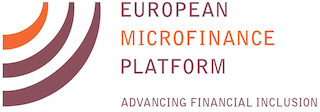
 This paper analyzes how climate change may impact the stability of financial systems and – particularly – access to financial services for groups that often have difficulty with such access, including micro- and small enterprises (MSEs) as well as low-income households and those in rural areas. The authors emphasize three challenges:
This paper analyzes how climate change may impact the stability of financial systems and – particularly – access to financial services for groups that often have difficulty with such access, including micro- and small enterprises (MSEs) as well as low-income households and those in rural areas. The authors emphasize three challenges:  After falling from 10.1 percent in 2015 to 8.6 percent in 2018, the global poverty rate increased to 9.2 percent in 2020 because of the COVID-19 pandemic, reversing a long trend of poverty reduction. Other headwinds such as armed conflicts, rising inflation, food insecurity, and political and social unrest also are affecting global development, and the UN estimates that these crises combined to cause an additional 95 million people to live in extreme poverty in 2022.
After falling from 10.1 percent in 2015 to 8.6 percent in 2018, the global poverty rate increased to 9.2 percent in 2020 because of the COVID-19 pandemic, reversing a long trend of poverty reduction. Other headwinds such as armed conflicts, rising inflation, food insecurity, and political and social unrest also are affecting global development, and the UN estimates that these crises combined to cause an additional 95 million people to live in extreme poverty in 2022.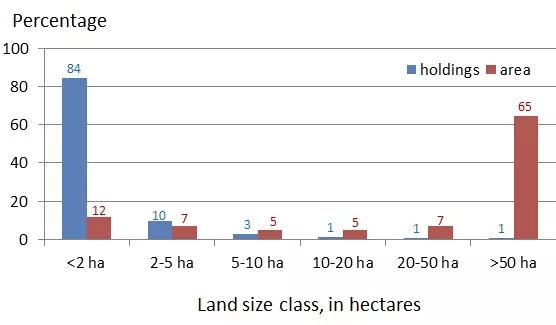
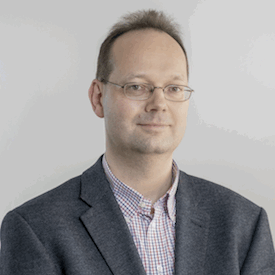 MicroCapital: European Microfinance Week (EMW) 2022 will be in-person for the first time in 3 years. What can we expect?
MicroCapital: European Microfinance Week (EMW) 2022 will be in-person for the first time in 3 years. What can we expect?
